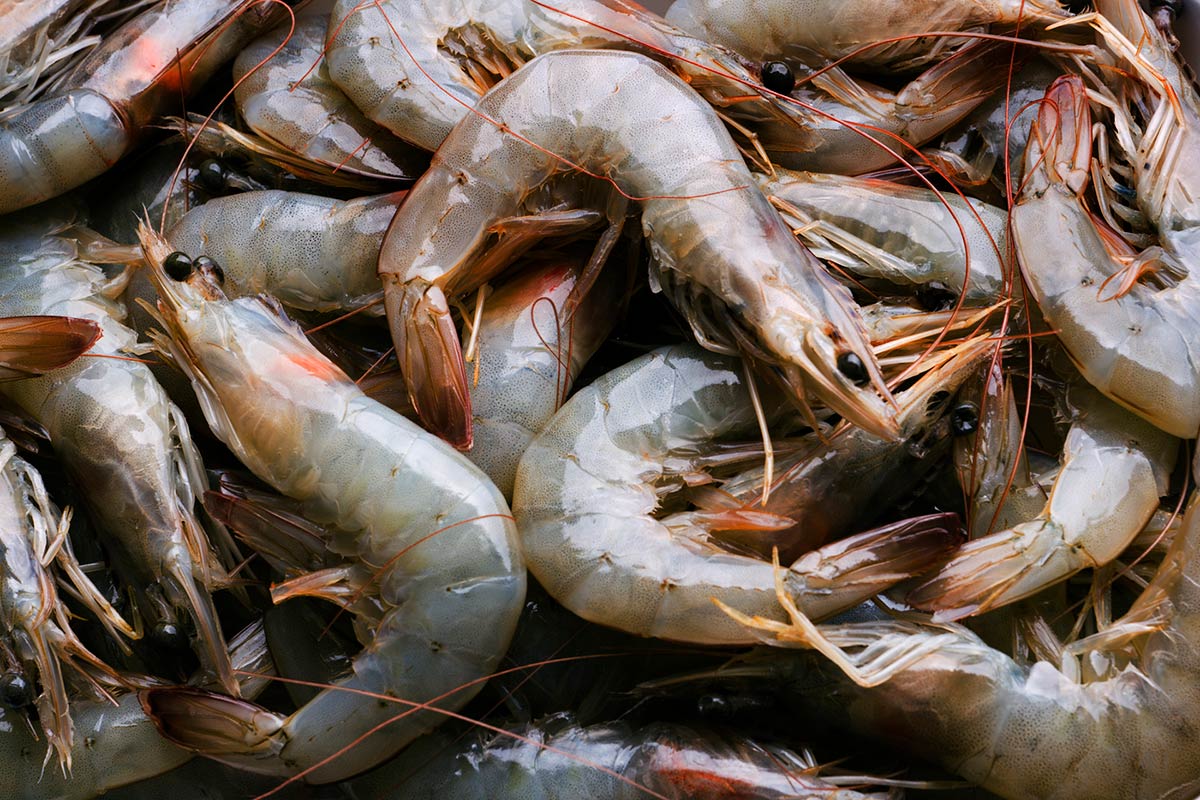As global seafood markets grow more complex, access to timely, reliable data is becoming essential for informed decision-making, especially in the fast-moving shrimp sector. Few commodities reflect international consumption shifts and supply chain pressures as clearly as shrimp, and Ecuador as a key exporter sits right at the centre of that story.
Earlier this year we witnessed a significant step when Gluna Shrimp, known for its accuracy in Ecuadorian shrimp pricing, joined forces with Expana, the world’s largest agrifood market intelligence and forecasting provider, to deliver vital farmgate pricing data to global seafood value chains.
We sat down with Gabriel Luna, Founder of Gluna Shrimp, a key voice behind this collaboration, to explore what inspired this move, Ecuador’s role as a key market and trends it is experiencing and how data transparency is reshaping one of the world’s most dynamic protein markets.
[Expana] What inspired you to bring Gluna Shrimp’s data into the Expana market intelligence platform at this point in time? [Gabriel Luna] Over the last few years, I’ve seen a growing demand for reliable, real time shrimp market data, not just from producers and exporters, but also from buyers, investors and financial institutions.
Gluna Shrimp has built one of the most accurate and timely datasets on Ecuadorian shrimp pricing and export trends. Expana has developed a powerful platform to scale that data and make it actionable across the global seafood value chain. The timing was right, we’re at a point where transparency, speed, and accuracy are more critical than ever for making smart decisions.
[Expana] Why is Ecuador such a critical region for the global shrimp market? [Gabriel Luna] Ecuador is the largest shrimp exporter in the world and its growth has been nothing short of remarkable. But it’s not just about volume. Ecuador’s shrimp are known for quality, sustainability, and consistency. The country also exports to over 50 markets, making it a great bellwether for global consumption patterns. When Ecuador shifts its pricing or production, the entire global market feels it.
[Expana] What are the current challenges faced by Ecuadorian shrimp producers? [Gabriel Luna] Margins have tightened significantly. Input costs have gone up, while shrimp prices have come under pressure due to oversupply and slower consumption in key markets. The pressure is on to produce more efficiently and make better use of data to optimize everything from stocking density to harvest timing. The main challenge is to keep production healthy while protecting the environment and ensuring long term sustainability.
[Expana] Are there any trends or shifts in the Ecuadorian shrimp market that you believe the global seafood industry should be paying close attention to right now? [Gabriel Luna] The shift in market diversification is one. We’re seeing Ecuador expand beyond its traditional dependence on China, with stronger exports to the US, Europe, and even emerging regions.
Another big trend is the rise of value added peeled and cooked products, which can improve product flow and make it easier to export volume more consistently. And finally, the role of AI and digital tools in farm management is growing fast, those who adopt early will have a significant advantage.
[Expana] How do more transparent farmgate and export pricing help those across the global shrimp sector? [Gabriel Luna] It reduces volatility and speculation. Transparent pricing empowers producers to negotiate better, helps buyers plan more effectively, and gives governments and financial institutions clearer insight into trade flows. It’s the difference between flying blind and flying with radar. In an industry that still struggles with fragmentation and information asymmetry, data transparency is the first step toward stability and smarter, more coordinated decision making across the supply chain.
[Expana] What does this agreement mean for both Gluna Shrimp and Expana’s customers? [Gabriel Luna] It means access to a richer, faster, and more actionable view of the shrimp market. Gluna Shrimp brings boots on the ground intelligence and accurate pricing, while Expana delivers the tech infrastructure to analyze and distribute it efficiently. Together, we’re offering customers a full picture, from farmgate to port, to market, and all the way to restaurant or retail, in a way that’s never been done before. This is about helping businesses make better decisions with better data.
[Expana] What excites you most about working with Expana? [Gabriel Luna] Expana is building the future of seafood intelligence. They understand that data isn’t just about reporting, it’s about prediction, strategy, and unlocking value across the supply chain. I’m excited to be part of a team that’s pushing the industry forward, not just reacting to it.
Their technology, combined with Gluna Shrimp’s insights, creates a powerful tool that I believe will redefine how shrimp is traded and understood globally. It also gives us a platform to educate buyers and companies on how to use market intelligence more effectively, so they can plan smarter, operate more efficiently, and stay ahead of the curve.
To learn more about how Expana, supported by Gluna Shrimp, is offering prices on global seafood markets, click here.
Written by Olympia Theocharous



